The great bustard is a vulnerable species of bird with a wide range from Iberia and northwest Morocco in the west to China in the east.
There are two subspecies: Otis tarda tarda, which extends from Iberia and north Morocco through central and southeast Europe to Turkey, Iran and east to Kazakhstan and central Siberia; and Otis tarda dybowskii, which occurs in southeast Siberia, Mongolia and China.
Asian populations are obligate winter migrants, whilst Eastern European populations migrate to wintering areas in South Ukraine.
Great bustards have the largest sexual dimorphism in the bird world.
The males have long throat whiskers and the brown-red breast-band develop sucessively with age.
They are much bigger than females: sometimes up to 5 times the weight of females and as much as 50% bigger in size.
The average standing height of the species is about 75-115 cm. The male standing height is between 90-115 cm. A female’s standing height is 75-85 cm
Great bustards are affected by a wide range of pathogens and parasites, including numerous bacteria, protozoa, helminthes and arthropods.
Although they eat beetles and other invertebrates in spring and summer, their diet is mostly vegetarian over the whole year, including mainly leaves of green plants.
Some of these plants could also have properties that might help great bustards control their parasite load.
“Great bustards seek out two species of weeds that are also used by humans in traditional medicine: the corn poppy (Papaver rhoeas) and the purple viper’s bugloss (Echium plantagineum),” said Dr. Azucena Gonzalez-Coloma, a researcher at the Institute of Agricultural Sciences in Madrid.
“We show that both contain antiprotozoal and nematicidal (i.e., worm-killing) compounds, while the second also contains antifungal agents.”
In their new research, Dr. Gonzalez-Coloma and colleagues collected a total of 623 droppings from female and male great bustards, including 178 during the mating season in April.
Under a microscope, they counted the abundance of recognizable remains (tissue from stems, leaves, and flowers) of 90 plant species that grow locally and are known to on the bustards’ menu.
Their results showed that two species are eaten by great bustards more often than expected from their abundance: the corn poppy and the purple viper’s bugloss.
The authors also found that extracts from both plants are highly effective at inhibiting or killing protozoa and nematodes in vitro, while purple viper’s bugloss is also moderately active against fungi.
“We show that great bustards prefer to eat plants with chemical compounds with antiparasitic effects in vitro,” said Dr. Luis Bautista-Sopelana, a researcher at the National Museum of Natural Sciences in Madrid.
“Self-medication in animals is suspected to occur, with a lesser or greater degree of confidence, in animals as diverse as primates, bears, deer, elk, macaws, honeybees, and fruit flies.”
“But it’s tricky to prove beyond doubt in wild animals. We can’t compare between control and experimental treatments. And double-blind trials or dose-effect studies, obligatory steps in human or veterinary medicine, are obviously impossible in wild animals.”
According to the team, the female great bustards typically remain faithful to the home range where they hatched for life, while after dispersal, the males revisit the same lek site year after year.
By staying — and importantly, pooping — in the same area for prolonged periods, they risk re-infecting themselves.
And the males need exceptional stamina during the mating season, which is expected to cause their immune defenses to nose-dive.
“In theory, both sexes of great bustards might benefit from seeking out medicinal plants in the mating season when sexually transmitted diseases are common — while males that use plants with compounds active against diseases might appear more healthy, vigorous, and attractive to females,” Dr. Gonzalez-Coloma said.
“Great bustards select corn poppies and purple viper’s bugloss mainly in the mating season, in April, when their energy expenditure is greatest,” Dr. Bautista-Sopelana said.
“And males, who during these months spend much of their time and energy budgets on sexual display, prefer them more than females.”
The study was published in the journal Frontiers in Ecology and Evolution.
_____
Luis M. Bautista-Sopelana et al. Bioactivity of plants eaten by wild birds against laboratory models of parasites and pathogens. Front. Ecol. Evol, published online November 23, 2022; doi: 10.3389/fevo.2022.1027201
This article was first published by Sci-News on 23 November 2022. Lead Image: Great bustards (Otis tarda) near Madrid, Spain. Image credit: Jacinta Lluch Valero / CC BY-SA 2.0.
What you can do
Support ‘Fighting for Wildlife’ by donating as little as $1 – It only takes a minute. Thank you.
Fighting for Wildlife supports approved wildlife conservation organizations, which spend at least 80 percent of the money they raise on actual fieldwork, rather than administration and fundraising. When making a donation you can designate for which type of initiative it should be used – wildlife, oceans, forests or climate.
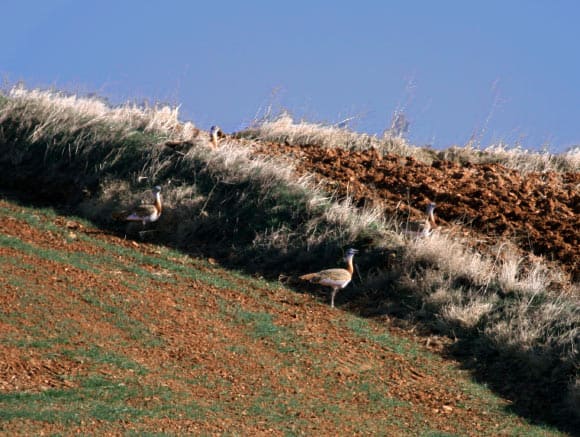
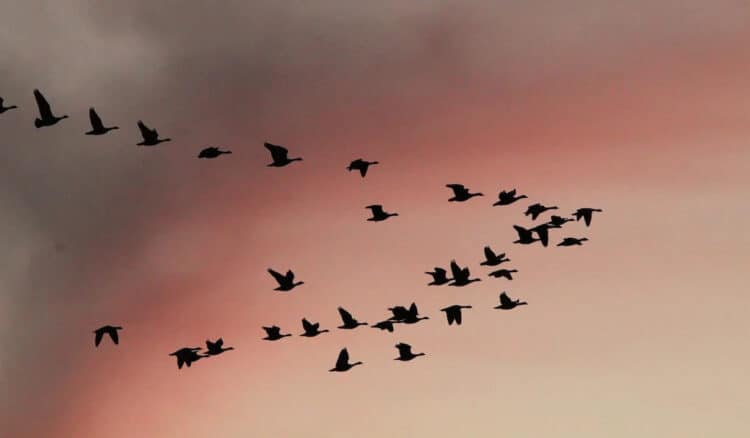
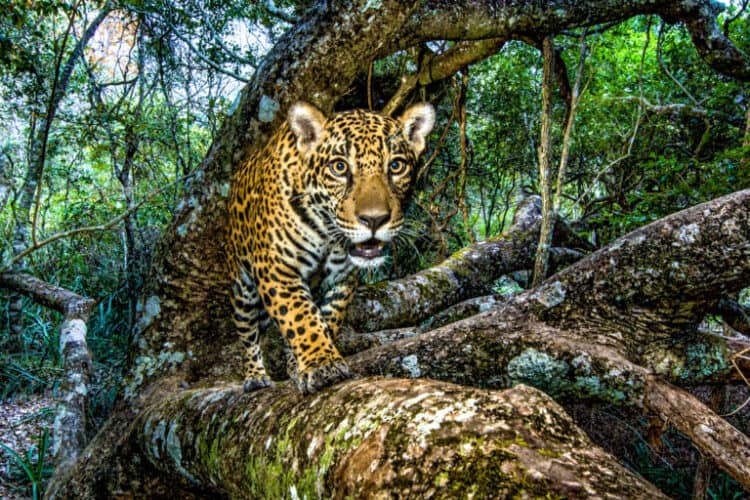
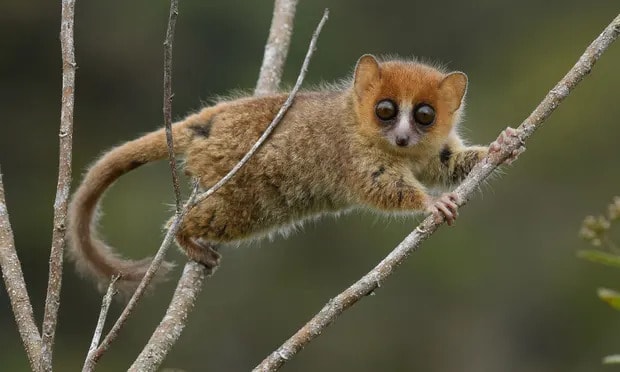

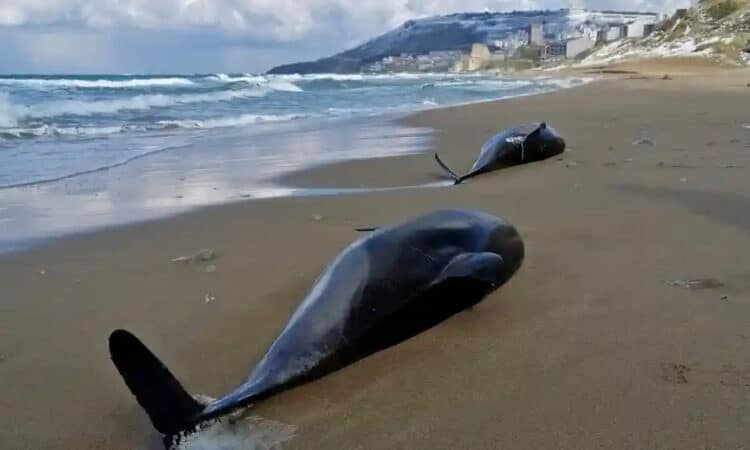

Leave a Reply